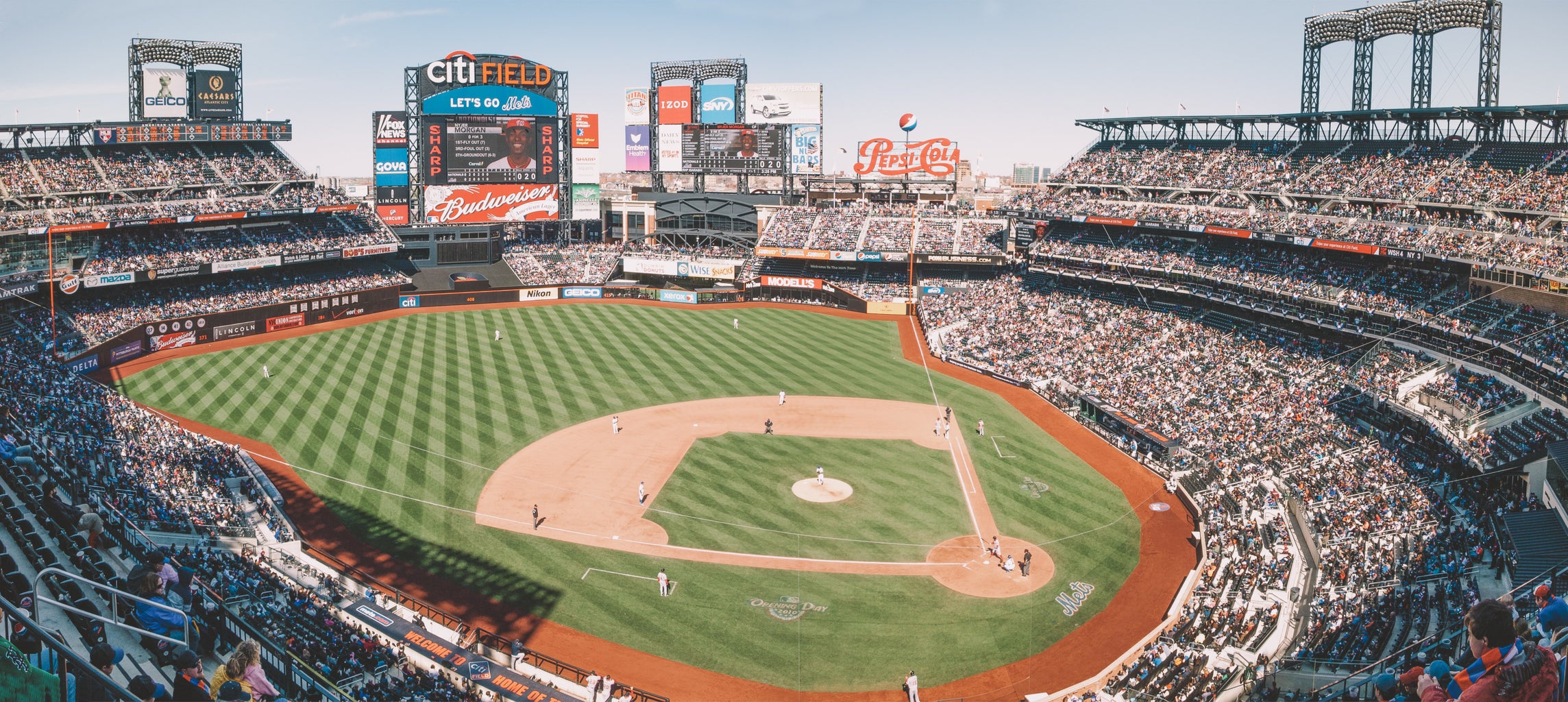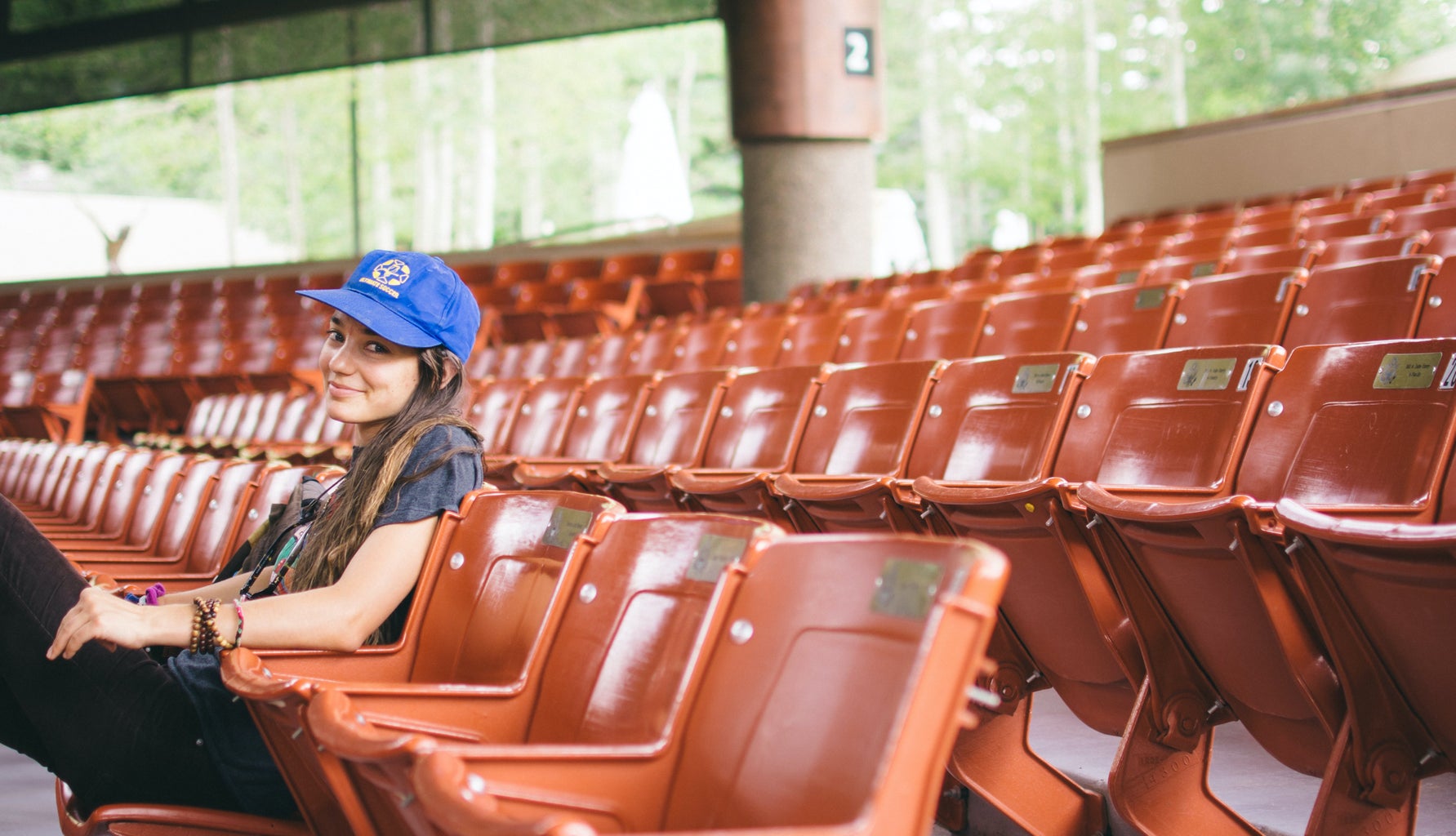The opinions expressed in this article are the writer’s own and do not reflect the views of Her Campus.This article is written by a student writer from the Her Campus at UCSB chapter.
If you’re looking to get into baseball and want to sport a special player’s jersey, let me introduce you to the greatest two-way player of our generation: Shohei Ohtani. And by “two-way,” I’m referring to his unique and dynamic ability to excel in both pitching and batting.
Even if you may not be an avid baseball fan, you’ve likely heard of or stumbled upon TikTok fan edits of Major League Baseball (MLB) player Shohei Ohtani. If the word “well-rounded” manifested into a person, he is the first person that comes to mind. It’s as if his parents chose the “Both Answer A and B” option under the skills criteria when creating him.
PHOTO BY TOMAS EIDSVOLD FROM UNSPLASH
Now, it isn’t necessarily unusual for pitchers to be good hitters, or vice versa. However, once players advance to the major leagues, it is typical for them to funnel their efforts to specialize in one element. As playing professional baseball is an unfathomable ordeal in itself, very few players can dominate in both functions. Some players who have mastered the two-way craft include the legendary Babe Ruth and Bullet Rogan, and many would like to think that Ohtani has officially joined the list.
There’s even a Japanese term that refers to this “two-sword style” that denotes players proficient in both batting and pitching: nitoryu. If you’re curious about how Ohtani has the endurance to pitch and then bat, sometimes even in the same game, you’ll come to find out that he is a right-handed pitcher but a left-handed slugger. Everything is in balance with him.
Emerging from Mizusawa, Japan, the superstar began playing at a young age. Even then, he was rocketing home runs and hurling incredible fastballs by high school. Before heading to America to play, he was drafted in 2012 by the Hokkaido Nippon Ham Fighters for the Nippon Professional Baseball (NPB) league.
By 2017, the world of baseball was calling for his arrival to the United States. He would eventually sign with the Los Angeles Angels in December of 2017. His performance as both a designated hitter (DH) and a pitcher was so extraordinary that in his rookie season, he won the AL Rookie of the Year award.
CAMERON SMITH / HER CAMPUS
He’s done so much to revolutionize the rules of the game, so the MLB implemented what is commonly referred to as the “Ohtani rule” in 2022. This rule allows a player to start a game as both a pitcher and designated hitter and continue in his role as the DH when he is no longer pitching.
On and off the field, Shohei Ohtani is as inspiring a player as he is a person. In November of last year, Ohtani made a generous donation of 60,000 baseball gloves to the approximately 20,000 elementary schools in Japan. “I’ll be looking forward to sharing the field one day with someone that grew up using this glove!” he said in an Instagram caption. Additionally, on January 4th of this year, Ohtani made an announcement alongside the Dodgers organization about donating $1 million dollars for relief efforts on Japan’s western coast, which was struck by a scary sequence of earthquakes.
Ohtani is transforming the game alongside his fans. His massive mobilization of support surpasses international borders. This became evident earlier this year in March, during an exhibition series between the Los Angeles Dodgers and the San Diego Padres that took place in Seoul, South Korea. Jerseys were flying off the shelves, and Dodger blue was filling the stands. “Now we have some great young players in Korea who are aspiring to be like Ohtani,” said Chan Ho Park, a former Dodger player and South Korean resident himself.
PHOTO BY JESSICA TICOZZELLI FROM PEXELS
As an Asian-American, I often find it easy to get lost in being forced to choose a side — perpetually flipping a coin, heads or tails—and never being satisfied with the outcome. Especially in the realm of American sports where there has historically been a lack of Asian representation.
However, the emergence of more prominent Asian figures to idolize and relate to makes me increasingly optimistic and more comfortable with my identity and passion as a fan. Shohei Ohtani’s ability to excel in multiple avenues at once reminds that choosing both sides can be a superpower.
If anything, the future of Asia’s impact in baseball continues to grow with the contract of Yoshinobu Yamamoto, another Japanese pitching powerhouse, who signed to the Los Angeles Dodgers in 2023, and Kodai Senga, who signed with the New York Mets in 2022.
Now, having played on MLB’s two Los Angeles teams, Ohtani continues his streak of twos. His double-time shenanigans continued in 2021, when he became the first player in major league history to be named an All-Star as both a pitcher and a position player. On April 5th, 2023, in the same game, he became the first MLB player to earn pitch clock violations, both as a batter and a pitcher; the Angels went on to win anyway. In January of this year, Ohtani delievered his AL Most Valuable Player award in English, hinting at his aim for bilinguity.
At this point, I’ve made the number two hauntingly redundant. But, it’s incredibly powerful to watch the spectacle of the Japanese juggernaut unfold. As his arrival to the league is still relatively recent, baseball fans around the world are on the edge of their seats, waiting for him to pave new paths and create history.
It just never seems like two too much for Shohei Ohtani.


